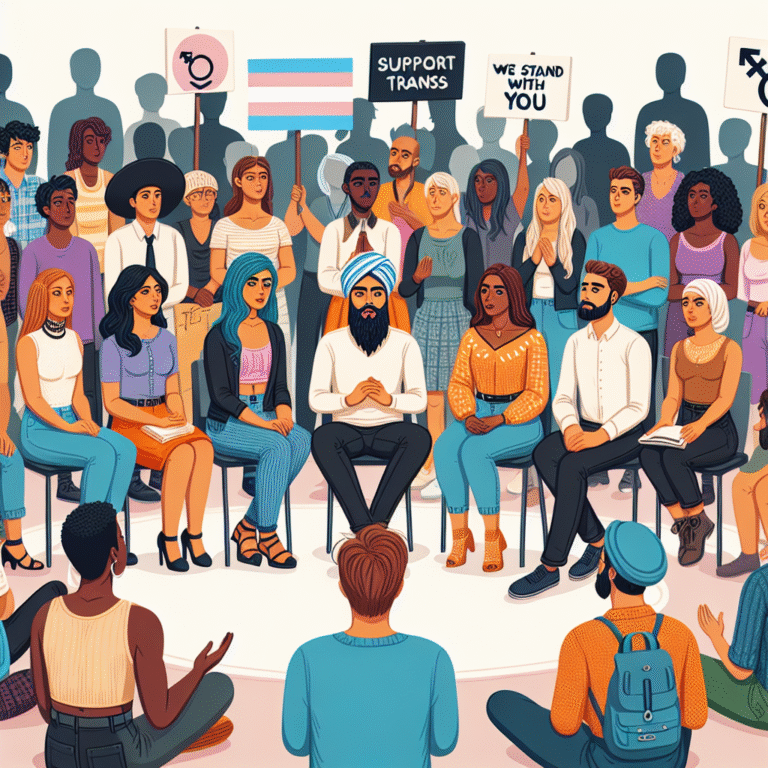
Introduction
In a world continuously driven by digital interaction and interpersonal engagement, the ability to master communication patterns has become more essential than ever. Effective dialogue is a crucial component of successful relationships, both personal and professional. By honing our ability to decode communication patterns, we don’t just enhance our discourse; we foster deeper understanding, empathy, and collaboration. This article, Decoding Communication Patterns: Unlocking the Secrets of Effective Dialogue, will explore the intricacies of communication, offering insights, strategies, and real-world applications to help you become a more effective communicator.
The Essence of Communication
Understanding the Fundamentals
To decode communication patterns effectively, we first need to understand what communication is. At its core, communication is a two-way process involving a sender and a receiver. As simple as this might sound, various factors can disrupt or enhance this interaction, ranging from verbal cues to non-verbal signals.
Key Elements of Communication
-
Verbal Communication: The words we choose carry significant meaning. Tone, inflection, and choice of phrases can greatly alter how a message is received.
-
Non-Verbal Communication: Body language, facial expressions, and posture contribute enormously to the overall message. In fact, studies suggest that up to 93% of communication effectiveness is conveyed through non-verbal elements.
-
Active Listening: Effective communication is as much about listening as it is about speaking. Active listening ensures that we receive and interpret messages accurately.
- Feedback Mechanisms: Constructive feedback loops are essential for effective dialogue. This includes paraphrasing what is heard and asking clarifying questions to ensure mutual understanding.
The Impact of Effective Dialogue
Effective dialogue fosters an environment of trust and open-mindedness. For instance, in a workplace setting, adopting optimal patterns of communication can lead to higher employee engagement, reduced conflicts, and a more cohesive team dynamic.
Decoding Communication Patterns in Relationships
The Role of Empathy
Empathy serves as a cornerstone of effective dialogue, facilitating deeper connections and understanding. When communicating with empathy, we can decode emotional nuances, enabling us to respond appropriately to the underlying feelings expressed by others.
Case Study: Marital Communication
Consider a couple struggling with arguments that seem to escalate quickly. By attending communication workshops focused on active listening and empathy, they learn to express their feelings without blaming the other and endeavor to understand each other’s perspectives. As a result, they find that their disagreements become less about winning and more about understanding.
Empathy in Action
Using "I" statements instead of "you" statements can significantly change the dynamic of a conversation. For example:
- "I feel unheard when you speak over me." vs. "You never let me finish."
Recognizing Communication Styles
Understanding your and others’ communication styles can profoundly influence your conversations and interactions.
The Four Main Communication Styles
- Passive: Avoids confrontation, often leading to unexpressed feelings.
- Aggressive: Expresses opinions forcefully and may dominate conversations.
- Passive-Aggressive: Indirectly resists communication, leading to frustration.
- Assertive: Expresses opinions confidently while valuing the feelings and opinions of others.
For effective dialogue, recognizing and adapting to these styles can help you approach conversations more constructively.
Barriers to Effective Communication
Common Communication Barriers
- Cultural Differences: Varied backgrounds can lead to misunderstandings.
- Emotional Barriers: Feelings like fear or anger can prevent open communication.
- Language Barriers: Differences in language can complicate understanding.
- Environmental Factors: Distractions in a surrounding environment can hinder communication.
Case Study: Cross-Cultural Communication
An international team struggles due to cultural differences. By conducting regular cross-cultural communication training sessions, the team reduces misunderstandings, allowing everyone to speak openly and effectively. This highlights the necessity to navigate barriers with awareness and strategy.
Best Practices for Effective Dialogue
Imperatives for Effective Communication
-
Establish Trust: Trust is a foundation for open dialogue. Be consistent and transparent to create a safe communication environment.
-
Clarify Assumptions: Avoid jumping to conclusions. Always seek clarification if something isn’t clear.
-
Practice Mindfulness: Being present during conversations, thus avoiding distractions, enhances listening and understanding.
- Encourage Open Feedback: Embrace feedback as a positive step toward improvement.
Using Technology to Enhance Communication
In today’s digital age, technology can enhance communication. Platforms such as Slack or Microsoft Teams allow for quick feedback and clarification while promoting an open exchange of ideas.
The Role of Feedback in Communication
Understanding Feedback’s Importance
Feedback is vital to a healthy communication process. It helps individuals gauge their effectiveness and make necessary adjustments.
Constructive Feedback Techniques
-
Specificity: Be clear about what works and what doesn’t.
- Solution-Oriented: Focus on how to resolve issues rather than solely identifying problems.
Case Study: Corporate Training
In a corporate environment where the feedback mechanism was informal and inconsistent, employees frequently felt demotivated. Upon implementing structured feedback sessions, the management created a transparent culture that fostered growth and improved overall morale.
The Power of Effective Dialogue in Conflict Resolution
Navigating Conflicts
Conflicts are a natural part of any relationship, whether in personal affairs or professional settings. Mastering communication patterns can significantly ease the process of conflict resolution.
Techniques for Resolving Conflict
-
Stay Calm: Emotions can escalate conflicts. Practice breathing and staying composed.
-
Listen to Understand: Focus on understanding before responding.
- Seek Win-Win Solutions: Aim for agreements that meet both parties’ needs, promoting collaboration instead of competition.
Case Study: Community Mediation
In a community mediation case, residents face a conflict over land use. Mediators trained in decoding communication patterns facilitate dialogue, allowing residents to express concerns and collaboratively develop a solution, thereby restoring community harmony.
Conclusion
Decoding communication patterns is key to unlocking the secrets of effective dialogue. By employing empathy, understanding different communication styles, and navigating barriers, we enhance our ability to connect meaningfully with others. The tools and insights gained from this exploration can transform personal and professional interactions, leading to enriched relationships and collaborative environments.
Actionable Insights
- Practice active listening daily and engage in conversations that promote understanding.
- Seek feedback and adjust your communication style accordingly.
- Embrace diversity in communication and be open to varying styles and methods.
Incorporating these principles can lead to profound changes in how we communicate, allowing for deeper connections and a foundation for future interactions.
FAQs
1. What are the most common communication patterns?
The most common communication patterns include assertive, aggressive, passive, and passive-aggressive styles.
2. How can I improve my active listening skills?
To improve active listening, focus on the speaker, avoid interruptions, paraphrase what you’ve heard, and ask relevant questions.
3. What barriers can hinder effective communication?
Common barriers include cultural differences, emotional barriers, language differences, and environmental distractions.
4. How can technology assist effective communication?
Technology offers tools for quick communication, enables remote collaboration, and provides platforms for feedback and engagement.
5. What techniques can I use to resolve conflicts?
Techniques for conflict resolution include staying calm, listening attentively, seeking clarifications, and finding win-win solutions.
By sharing and implementing these insights from Decoding Communication Patterns: Unlocking the Secrets of Effective Dialogue, you will not only enhance your communication skills but also inspire change in those around you. Communication is a powerful tool that, when mastered, can unlock endless possibilities in our interactions and relationships.

















